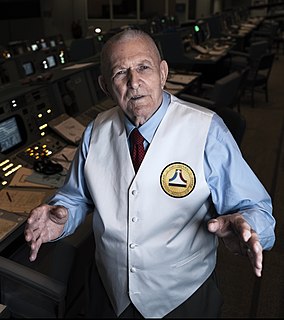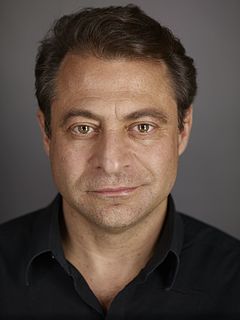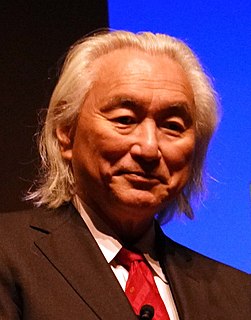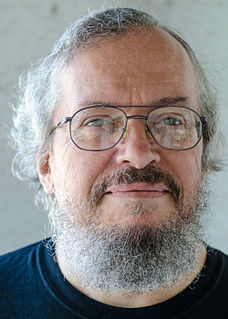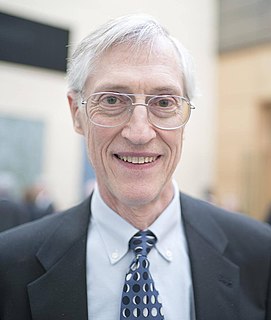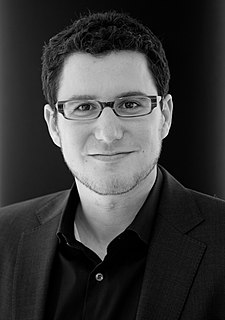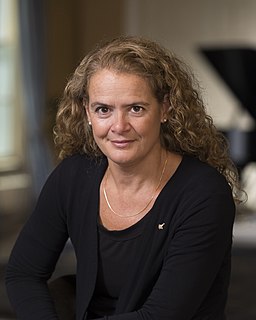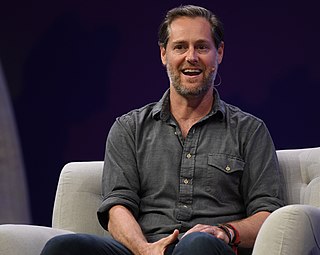A Quote by Alan Stern
New Horizons is a very high-tech, small, roughly 1,000-pound spacecraft with the most powerful battery of scientific instrumentation ever brought to bear on a first reconnaissance mission.
Related Quotes
The very first experiments with building rockets and firing them off were carried out by students at Cal Tech in 1937, '38 and '39. And later these people put together these jet propulsion labs in Pasadena and wound up sending aircraft and spacecraft to the moon. So it all began very primitively with love.
The responsibility for the creation of new scientific knowledge - and for most of its application - rests on that small body of men and women who understand the fundamental laws of nature and are skilled in the techniques of scientific research. We shall have rapid or slow advance on any scientific frontier depending on the number of highly qualified and trained scientists exploring it.
There is no greater country on Earth for entrepreneurship than America. In every category, from the high-tech world of Silicon Valley, where I live, to University R&D labs, to countless Main Street small business owners, Americans are taking risks, embracing new ideas and - most importantly - creating jobs.
When I got my very first phone call that I'd hit the 'New York Times' list, I had a small rush of 'I've made it!' But the next morning, it occurred to me I didn't know what it was, so I called my agent and asked what being a 'New York Times' bestselling author really meant. He informed me that I was now a thousand pound gorilla.
I always call myself a space construction worker. We were only the second mission ever to go to the space station. There was nothing on board. We brought the first three tons of equipment, including some of the Imax camera stuff. We literally switched the light on to the station and walked in. It was an assembly mission.
When my company was first getting off the ground, we were completely lost in the shuffle, despite our best efforts. In 2012, however, we had a 28-foot-long, 15,000-pound secret weapon. To stand out amid the gala parties and blow-out bashes hosted by much bigger tech companies, HootSuite decided to take to the streets.

